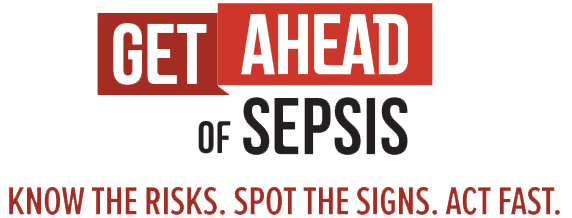Infection Control Standards Challenging Most Joint Commission-Accredited Organizations
The Joint Commission has issued its report on the top five most challenging requirements for the first half of 2018, and an infection control standard holds a spot on the list of many Joint Commission programs.
Here is a breakdown of those programs which had at least one infection control standard on its top five list, the standards which made the lists and their places on the top five, and the non-compliance rate for each standard.
Ambulatory Care Accreditation
IC.02.02.01 (The organization reduces the risk of infections associated with medical equipment, devices, and supplies.) came in second, with a 62% non-compliance rate.
IC.02.01.01 (The organization implements infection prevention and control activities.) came in fourth, with a 43% non-compliance rate.
Critical Access Hospital Accreditation
IC.02.02.01 (The critical access hospital reduces the risk of infections associated with medical equipment, devices, and supplies.) came in third, with a 69% non-compliance rate.
Home Care Accreditation
IC.02.01.01 (The organization implements the infection prevention and control activities it has planned.) came in second, with a 40% non-compliance rate.
Hospital Accreditation
IC.02.02.01 (The hospital reduces the risk of infections associated with medical equipment, devices, and supplies.) came in third, with a 74% non-compliance rate.
Nursing Care Center Accreditation
IC.02.01.01 (The organization implements its infection prevention and control plan.) came in second, with a 39% non-compliance rate.
IC.02.02.01 (The organization reduces the risk of infections associated with medical equipment, devices, and supplies.) came in fifth, with a 31% non-compliance rate.
Office-Based Surgery Practice Accreditation
IC.02.02.01 (The practice reduces the risk of infections associated with medical equipment, devices, and supplies.) came in first, with a 79% non-compliance rate. Note: This standard was far and away the most challenging; the second most challenging standard had a 43% non-compliance rate.
IC.02.01.01 (The practice implements infection prevention and control activities.) came in third, with a 38% non-compliance rate.
Analysis of Non-Compliance With Infection Control Requirements
Infection control and prevention standards continue to present significant challenges to healthcare organizations, despite increased focus on these areas. Such standards have come under greater scrutiny from regulatory bodies and accreditation organizations in recent years. With organizations struggling to comply with requirements, there is no reason to believe this scrutiny will subside any time soon. Organizations must allocate appropriate resources to develop comprehensive infection control plans that meet standards and ultimately keep patients safe.




